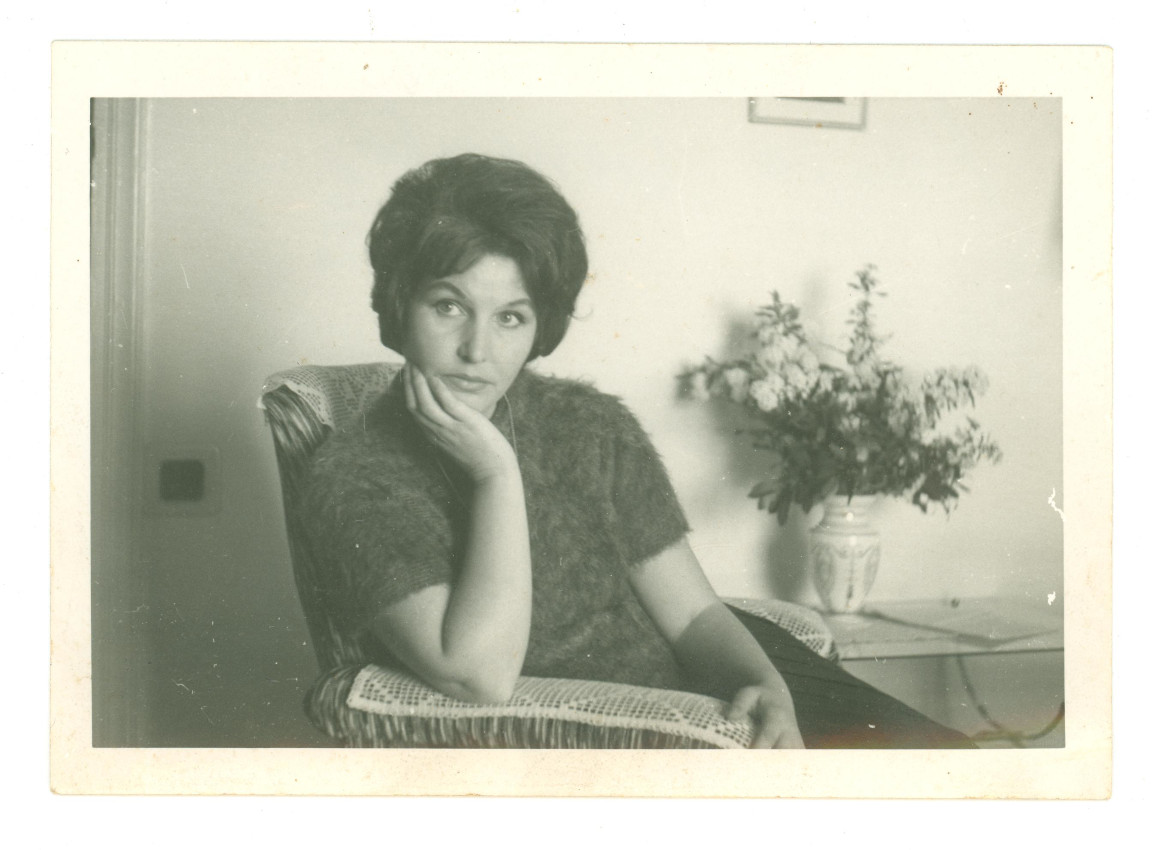
María Beneyto is one of the most important authors in the field of Contemporary Valencian literature. She published poetry and narrative and wrote in Catalan and Spanish. She lived during the Spanish Civil War and the harsh post-war. The poetry highlights of her career are Altra veu (1952), Eva en el tiempo (1952), Criatura múltiple (1954) –for which was awarded the Premio València of poetry– and Ratlles a l'aire (1956) –Premio Ciutat de Barcelona. The 60s were a very important period for her narrative. She published El río viene crecido (1960) –Premio València of literature–, the volume of tales La gent que viu al món (1966), La dona forta (1967) – Premio Joan Senent of novel–, and Antigua patria (1969). A few years later, she won the Premio Ausiàs March for Vidre ferit de sang (1977).
In her last writing period she published, Després de soterrada la tendresa (1993), Hojas para algún día de noviembre (1993), Elegies de pedra trencadissa (1997), Balneario (2000) and Bressoleig a l'insomni de la ira (2003) amongst others. Of the many awards she received along her creative endeavour the Calviana Terzaroli International Award, the Premi de les Lletres de la Generalitat Valenciana and the Isabel de Villena Award should be noted.
The creative work of María Beneyto has the diversity and multiplicity of the female condition implied in many of her titles and most of her texts. In this plurality we found ourselves face to face with the human universe as a personal symbol and as a collective image of the female identity. Built and rewritten in each of her books and with a clear vindictive tone. The exhibition, curated by Josep Ballester, is built on four pillars:
- The background of valencian writers and “letraheridas” that, in a way, are part of her female genealogy and are organised in a timeline from the 15th century to the early 20th century.
- Readings, references and sociocultural traits that serve as a mirror in her work. Many of her readings and her personal experiences as well as the historical ones end up showing in her writing and can be structured through thematic axes that play with different female identities.
- Without a doubt, La dona forta is María Beneyto’s most emblematic work and one of the most interesting novels of the 60s in the Catalan literature field. The novel raises the issue of female emancipation and a long series of situations that revolve around women in an ever-changing society. The actantial group of the women is what creates the very dynamic of the story.
- Maria Beyeto's role in Valencian literature is displayed at last thanks to her renowned achievements. Although just like many other female writers' work in the past, hers has been forgotten adn silenced by time, a situation that must change to grant her the space she deserves.












